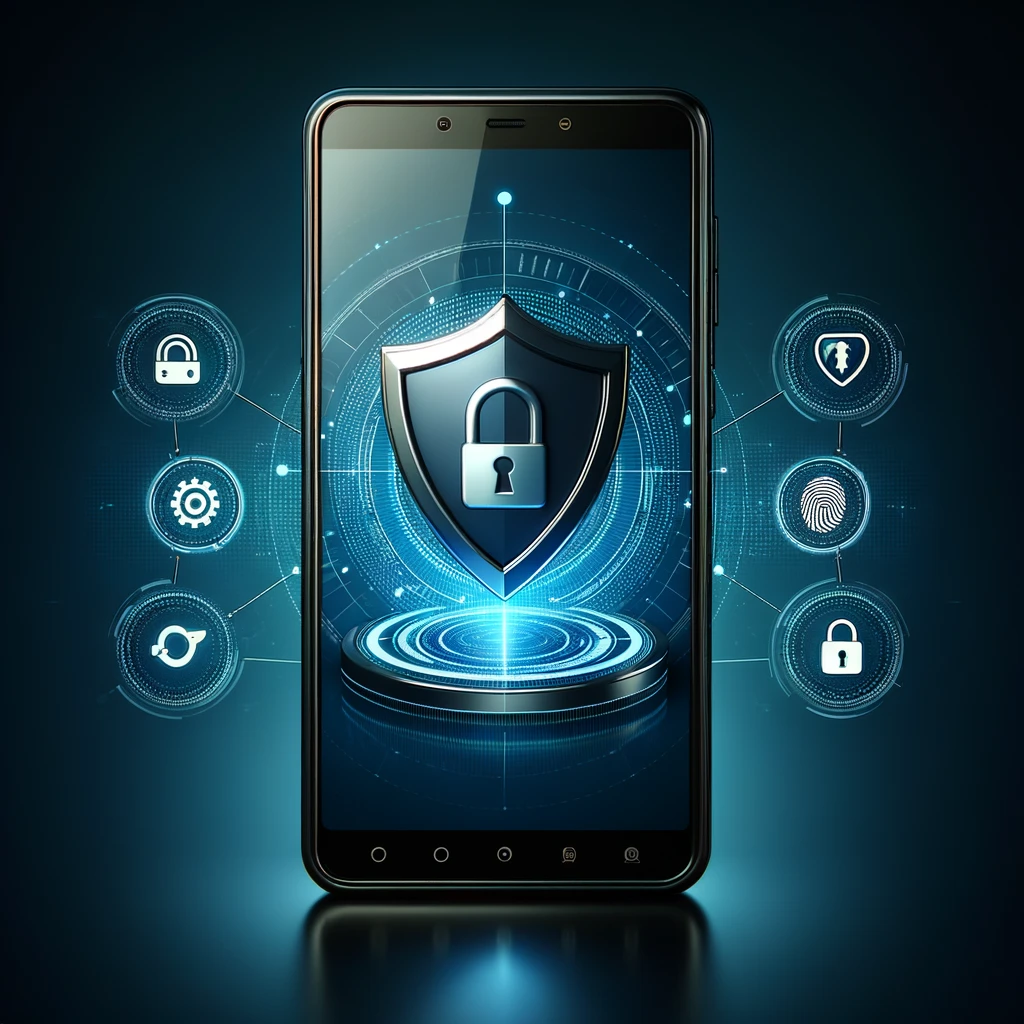In our digitally-driven world, smartphones have become extensions of ourselves, holding a treasure trove of personal and professional data. This makes mobile device security not just a convenience but a necessity. Let’s explore how you can keep your smartphone safe from cyber threats.
Understanding the Risks
Smartphones are susceptible to various security threats, from malware and phishing attacks to data breaches. These risks can lead to identity theft, financial loss, and compromised personal information. Therefore, understanding these risks is the first step in securing your device.
Regular Updates: The First Line of Defense
One of the simplest yet most effective ways to protect your smartphone is by keeping its software up-to-date. Manufacturers regularly release updates that patch security vulnerabilities. Ensure your device’s operating system and all apps are updated to their latest versions.
The Power of Strong Passwords
A strong password is your first defense against unauthorized access. Use a complex combination of letters, numbers, and symbols. Avoid using easily guessable information like birthdays or common words. Consider using a password manager to generate and store complex passwords.
Multi-Factor Authentication (MFA)
MFA adds an extra layer of security by requiring two or more verification methods to access your device or accounts - something you know (a password), something you have (a phone), or something you are (biometric verification). Enable MFA wherever possible, especially for sensitive apps like banking or email.
Safe Browsing and App Downloads
Be cautious about the websites you visit and the apps you download. Stick to official app stores as they have security measures to screen apps for malware. Avoid clicking on suspicious links or downloading attachments from unknown sources.
Public Wi-Fi: Proceed with Caution
Public Wi-Fi networks are convenient but not always secure. Avoid performing sensitive transactions like online banking on public Wi-Fi. If necessary, use a Virtual Private Network (VPN) to encrypt your internet connection.
Regular Backups: Your Safety Net
Regularly back up your smartphone’s data to the cloud or an external device. This practice ensures that in the event of a device loss or cyberattack, your data remains safe and can be restored.
Encryption: Your Data’s Shield
Encryption converts your data into a code to prevent unauthorized access. Most modern smartphones come with built-in encryption, but it’s important to ensure it’s activated. This is particularly crucial if your device is lost or stolen.
Be App-Savvy: Manage App Permissions
Be mindful of the permissions you grant to apps. Review app permissions regularly and revoke any that are not necessary. Be wary of apps that request access to sensitive information like your contacts, camera, or location without a legitimate reason.
Awareness: Your Best Tool
Stay informed about the latest cybersecurity threats and trends. This knowledge can help you be proactive in protecting your smartphone. Follow reputable technology news sources and participate in cybersecurity awareness programs.
Physical Security: Not to be Overlooked
Physical security is as important as digital security. Never leave your smartphone unattended in public places. Consider using a screen protector and a sturdy case to protect against physical damage.
The Role of Anti-Virus Software
While smartphones are less prone to viruses than PCs, they are not immune. Installing a reputable anti-virus software can provide an additional security layer, scanning for malware and offering real-time protection.
Reporting Lost or Stolen Devices
If your smartphone is lost or stolen, report it to your service provider immediately. They can disable your device, preventing unauthorized use. Additionally, use features like ‘Find My Device’ to locate or remotely wipe your device’s data.
The Future of Smartphone Security
As technology evolves, so do security measures. Biometric security features like fingerprint scanners and facial recognition are becoming standard in smartphones. Future advancements may include more sophisticated encryption techniques and AI-driven security solutions.
Securing your smartphone is not just about installing the right tools; it’s about adopting a security-conscious mindset. By following these guidelines, you can significantly reduce the risk of falling victim to cyber threats. Remember, in the digital age, your smartphone’s security is paramount.
If you are interested in learning more, Schedule a call today.





